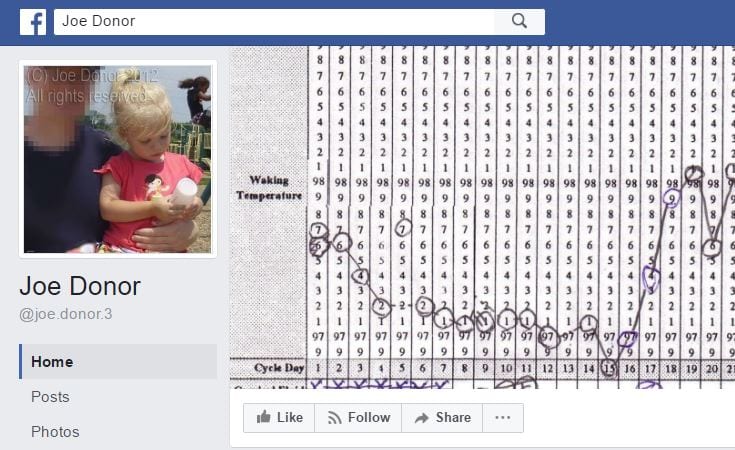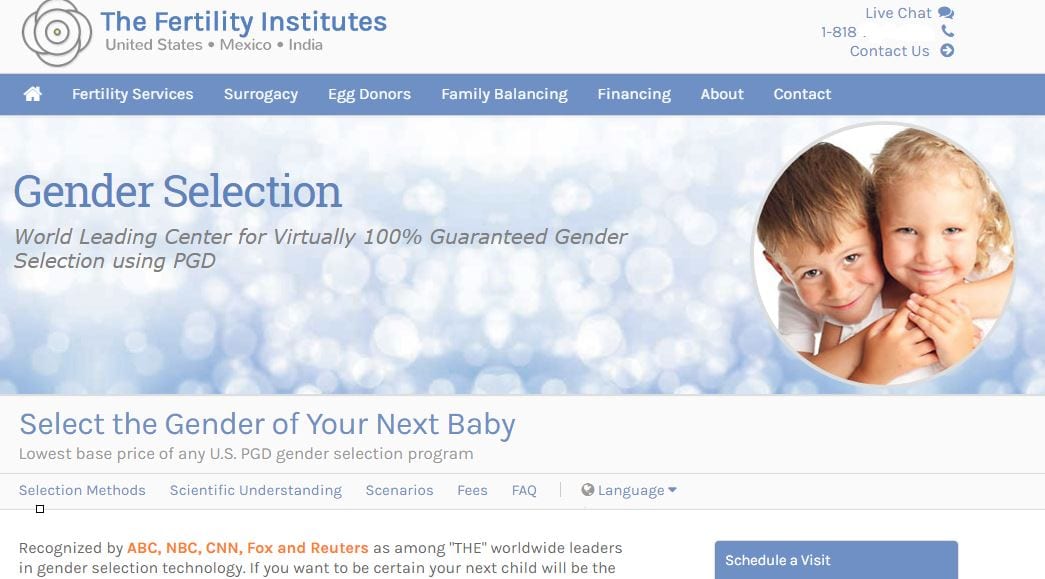It isn’t exactly news that the Church’s teaching on the connection between sex and procreation doesn’t have a lot of support. Most Catholics, for instance, use artificial contraception without a second thought. But while the teaching that sex must be open to procreation struggles to gain support, the idea that procreation should be connected to sex appears to have better prospects.
Especially as the long-term effects of this separation come into cultural view.
Left-wing feminists have joined with traditional Catholics in Europe, for instance, in calling for a global ban on surrogacy as inherently anti-woman. Similar concerns surround the market for women to donate their eggs for in vitro fertilization, which sees prices fluctuate depending on the attractiveness, athleticism, and SAT scores of the egg donor.
Sperm donation has also been problematic, especially given the sheer number of children of which a donor can find himself the father. One can now find out about their siblings via online donor registries, sometimes producing the awkward discovery that one has more than 150 brothers and sisters.
“It’s wild when you see them all together,” said the mother of one of the many children whose families sometimes vacation together. “They all look alike.”
But if this isn’t disturbing enough, we ain’t seen nothing yet. Sperm donation 2.0 is apparently upon us.
Not least because it is increasingly difficult to find healthy sperm for in virto fertilization, and the “middleman” of sperm banks is making things more expensive, there has been an explosion of new ways to donate and acquire sperm. Particularly in the age of social media.
According to the reporting of Ozy, “Facebook is the favored medium” with a “sprinkling of Craigslist posts.”

Sperm donation 2.0 is also aided by do-it-yourself diagnostic sperm tests. For a mere 200 bucks you can test the health of your sperm in the comfort of your own home with the Trak Male Fertility Testing System.
And, if you’re like “Joe Donor” you combine social media with such tests to make a profitable business of sperm donation.

In the Ozy interview, Joe claimed to have created over 80 children this way, normally charging $180 per donation. In response to Trump’s travel ban he has made an exception, however, offering “free anchor babies to Muslim women.”
Those who have studied the moral theology undergirding the Church’s teaching that procreation ought to be connected to sex would not be surprised by these developments. Once the process is disconnected from the normative context in which God has given us this gift, we turn the process over to a market which “thingifies” all involved.
The sperm donor is used as a means to an end. The customer is used as a means to an end. And the resulting children are often used as a means to an end, even discarded via the throwaway culture in the in vitro fertilization process.
We can now use something called preimplantation genetic diagnosis (PGD) of embryos to determine which ones meet our quality-control expectations. Embryos are most often discarded simply because they are deemed to be “excess,” but thousands of parents are also now paying for PGD with the goal of sex-selection. Embryos of the desired sex are used, while those with the wrong sex are thrown-away.
Again, the market rears its ugly head in all of this. A company called The Fertility Institutes actually advertises sex selection via PGD—broadcasting the fact that they have the lowest price of any U.S. program, affiliate clinics in 42 countries, 100% gender selection rates, and opportunities for financing.

Resisting this throwaway culture, the Church proposes a positive view of procreation’s connection to sexuality which understands children to be a gift, not something that we should have the freedom to purchase in a market.
Indeed, even the word “procreation” itself signals resistance to the throwaway culture’s understanding of re-production, which has the thingification of children built in the very word being used: product.
Instead of products purchased on the open market, we ought to participate in genuine relationships with our spouse and God in our openness to procreation. This alternative vision respects the personhood of everyone involved, refusing to submit to the temptation to use them as mere things, mere means to an end.
The idea that children are gifts, not something to be purchased in a free market, is difficult for our hyper-capitalistic American culture to absorb. (It is no accident that Europe has succeeded in making some of the above practices illegal, while the U.S. basically lets the market do what it will.) But anyone paying attention can now see the writing on the wall.
Continued unabated, the separation of procreation from sex will find even more disturbing ways to undermine the dignity of the human person.
Just one more essential reason we must resist the throwaway culture.
Charles C. Camosy is Associate Professor of Theological and Social Ethics at Fordham University and co-editor of Polarization in the US Catholic Church.
















